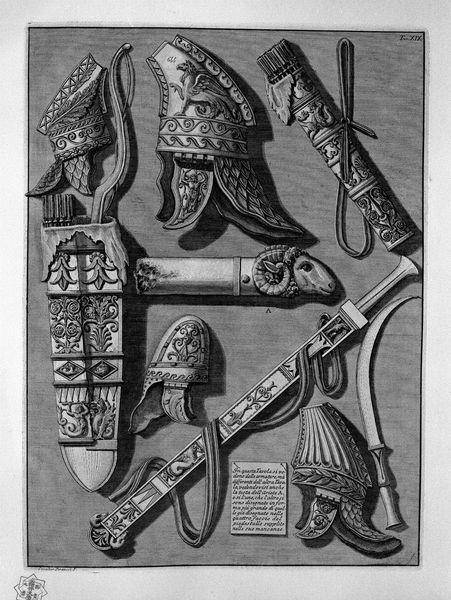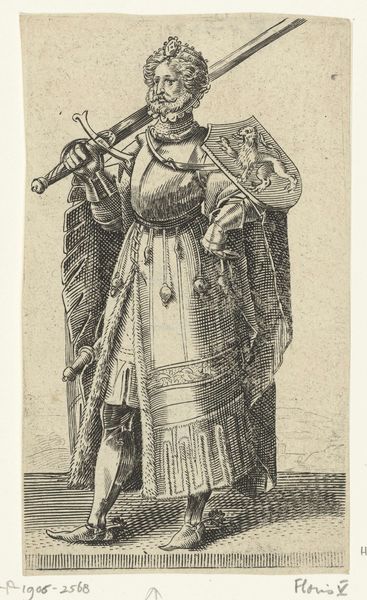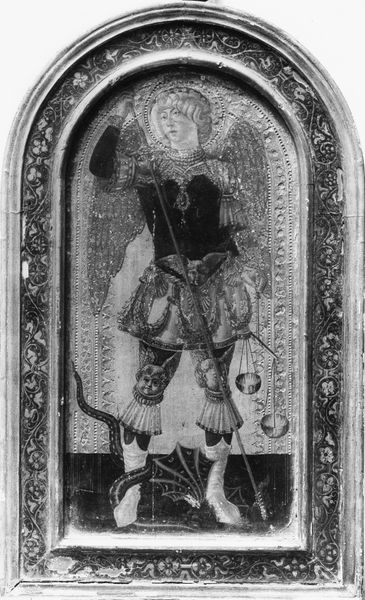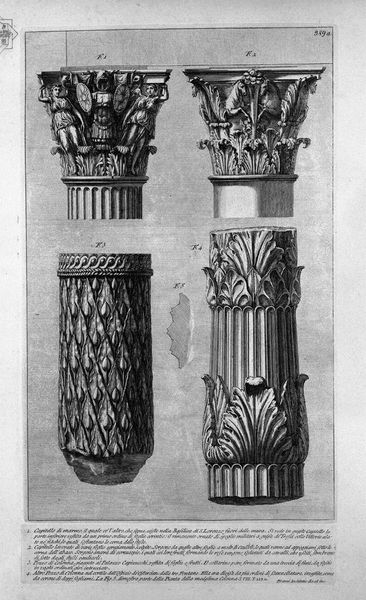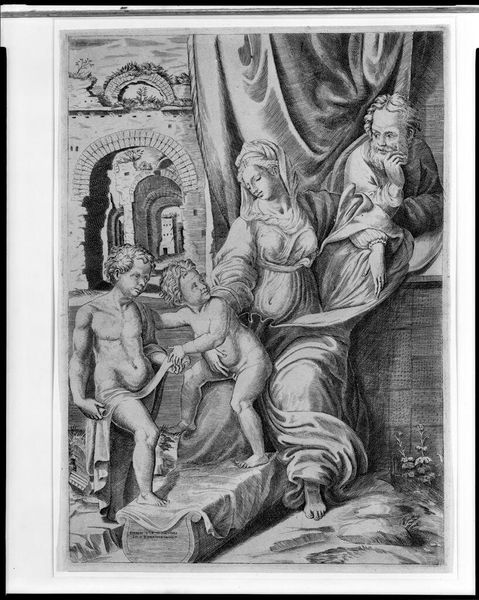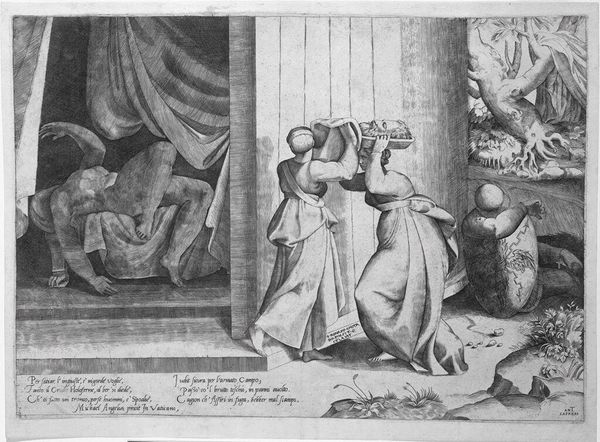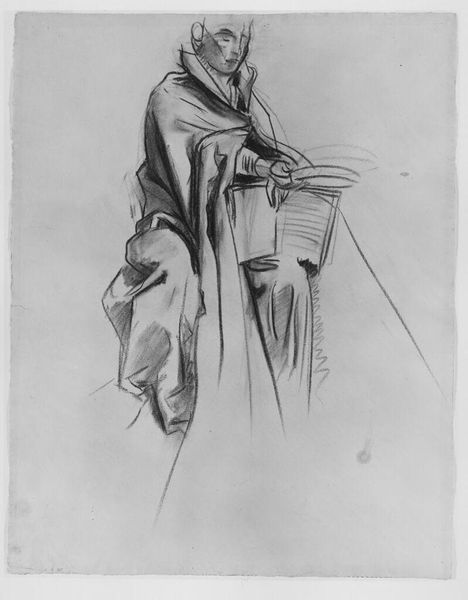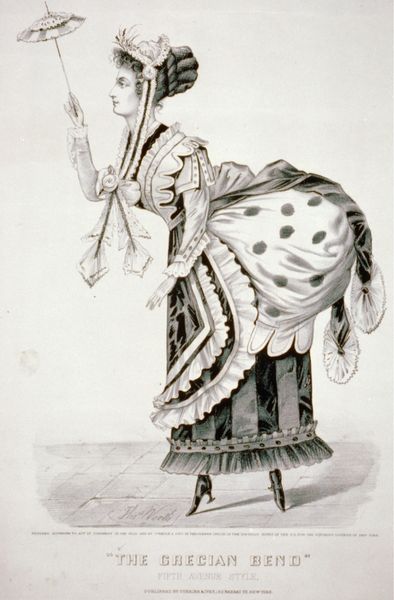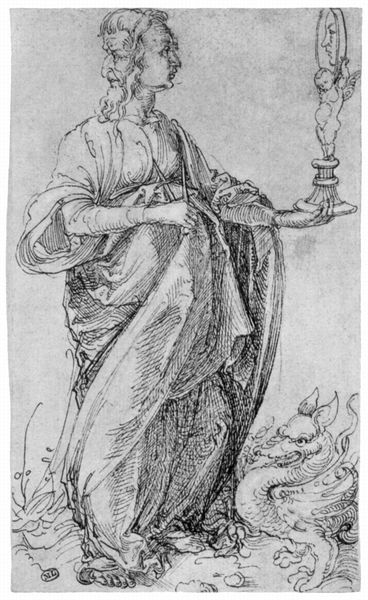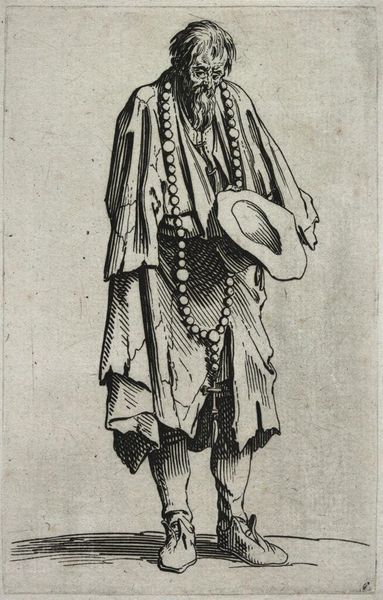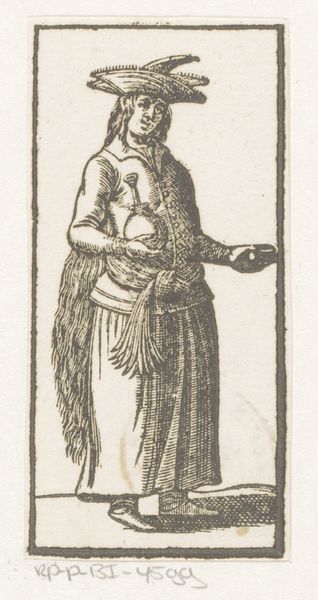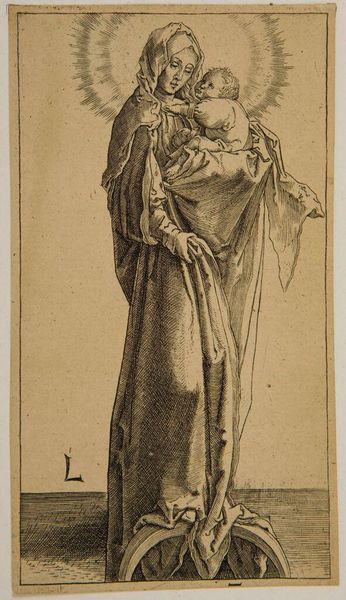
A view of the progress of the Water Castle Julia from which the trophies were removed (this board brings the n 47 and is also part of Volume XVI)
0:00
0:00
print, etching, engraving
#
neoclacissism
# print
#
etching
#
classical-realism
#
form
#
geometric
#
ancient-mediterranean
#
line
#
history-painting
#
engraving
Copyright: Public domain
Curator: This etching by Giovanni Battista Piranesi presents a view of trophies removed from the Water Castle Julia. Note the board is part of Volume XVI in Piranesi's body of work. Editor: It has a distinctly archaeological feel to it. Stark monochrome, incredibly precise linework isolating the sculptural forms against the blank ground. There's something almost unsettling in its exactitude. Curator: Unsettling in what way? I find the neoclassical aesthetic quite harmonious. But of course, the weight of classical precedent might be precisely your point? The idealized form feels perhaps frozen, remote? Editor: Yes, exactly! The lack of context is striking. These aren't just renderings; they're decontextualized elements almost surgically extracted. Look at the fragment of the Roman cuirass— the breastplate and sword scabbard details. They imply a martial power, but all we get are these abstracted components. What memories do they hold? Curator: Roman memory obviously figures strongly in Piranesi's output. The objects displayed carry a historical resonance that taps into both the grandeur and the fallen state of the Roman Empire. That shield with vegetal carvings perhaps alludes to earthly triumph; the arrows possibly referencing conflict. He invites us to reconstruct not just a visual image, but an ethos, a world-view. Editor: Absolutely, the graphic weight and line variance of each isolated element suggests a rigorous analysis of form as much as history. Take the elaborate shield on the right. It’s densely packed ornamentation contrasts with the linear nature of, say, the arrow container. Curator: That contrast makes them all the more potent. It's the dialectic of form communicating meaning and how historical echoes still inform us today. They create a ghost of that lost world in front of us. Editor: A visual echo that speaks across centuries, captured with unnerving clarity. The effect for me leaves a sense of suspended meaning rather than outright grandiosity. Curator: It truly showcases how visual representation and our reaction can highlight various, divergent, layers of engagement. Editor: Agreed, that the lasting and haunting impact comes from how he so methodically and selectively constructed his plates.
Comments
No comments
Be the first to comment and join the conversation on the ultimate creative platform.
